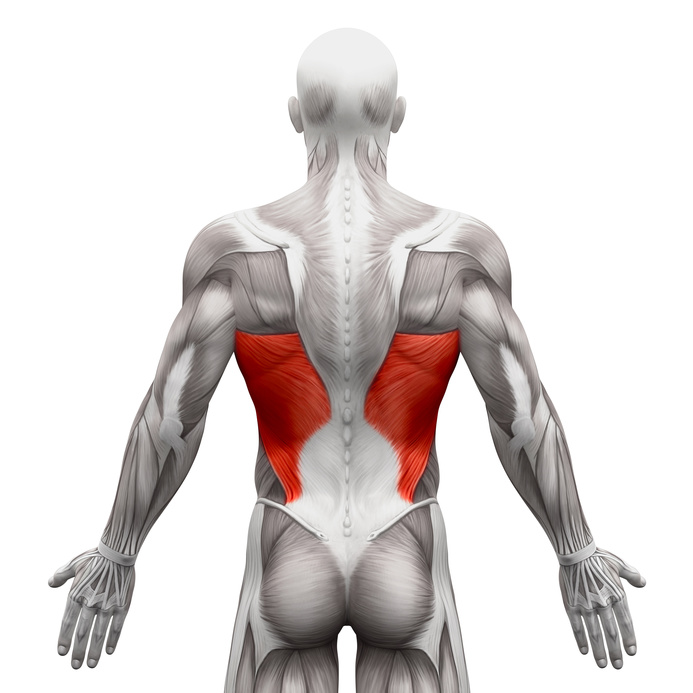Name the bones in this picture and the name of the joint::background_color(FFFFFF):format(jpeg)/images/library/13184/Knee_joint.png)
Knee joint - femur, patella and tibia
Name the 3 muscles of the calf.
:background_color(FFFFFF):format(jpeg)/images/library/14034/Leg_muscles.png)
Gastrocnemius, soleus and tibialis anterior
Name the 3 components of Projectile Motion and Balance & Stability (acronyms are accepted).
Projectile Motion - AOR, SOR, HOR
Balance & Stability - BOS, COG, LOG
'For every action there is an equal and opposite reaction' refers to which of Newton's Laws?
Newton's Third Law of Action/Reaction
In doubles during service, which court lines are used?
Short and fat
What is the anatomical term for the jaw bone?
Mandible
What does 'antagonist' mean when referring to muscles?
Antagonist - the relaxing or lengthening muscle in a movement that allows for agonist muscle contractions.
What is the name of the path the projectile takes when it is released into the air?
Trajectory
Which of the following are NOT components of Force Summation?
A) Timing the segments of the body correctly
B) Using smallest to largest muscles
C) Using a joint through its greatest range of motion
D) Using many segments of the body as possible
E) Using your lower body first
B) Using smallest to largest muscles
E) Using your lower body first
Can you hit the shuttle twice in a row before sending it over the net?
No - 1 hit per side
Which joint performs pronation and supination?
Wrist joint
What is 'Reciprocal Innervation'?
Reciprocal Innervation refers to muscle pairs working together to create movement. As one muscle relaxes the other contracts and we perform a movement. Without this, joints would not be able to move.
Which of the following skills has a higher height of release?
A) Overhead Clear shot
B) Long Serve
A) Overhead Clear shot
Two people are racing in a 100m race. One athlete is 80kg and the other is 100kg. Which athlete requires more force to accelerate at the start of the race?
A) 80kg athlete
B) 100kg athlete
B) 100kg athlete
You are playing in a pair - you serve and win the point, who serves next?
You do - you only change serve after you regain serve after losing a point.
What is the difference between rotation and circumduction?
Rotation occurs at the joint head and along the long axis of the bone - a twisting action.
Circumduction is a combination of flexion, extension, adduction and abduction.
Correctly spell out the full name of the muscle shown:

Latissimus Dorsi
Which of the following skills has a higher angle of release?
A) Overhead Clear shot
B) Long Serve
B) Long Serve
Two people are playing rugby against one another and go to tackle each other. They are accelerating at the same pace. One athlete is 80kg and the other is 100kg. Which athlete will produce the most force on impact?
A) 80kg athlete
B) 100kg athlete
B) 100kg athlete
Which lines do you use for singles badminton?
Long and skinny
Name 6 movements the shoulder joint can perform.
:background_color(FFFFFF):format(jpeg)/images/library/12078/Intro_img.jpg)
Flexion, extension, abduction, adduction, circumduction and rotation
What does '-cep' mean in the muscles bicep, tricep and quadricep?
-cep - head
Bicep - two heads
Tricep - three heads
Quadricep - four heads
What makes a person most stable?
Wide BOS
Low COG
LOG falls within BOS
Which skill requires a greater amount of Force Summation?
A) Releasing a ball during a lay-up
B) Performing a volleyball spike
B) Performing a volleyball spike
What is the fasted ever recorded Badminton Smash?
A) 149km/h
B) 236km/h
C) 388km/h
D) 426km/h
D) 426km/h by Denmark's Mads Pieler Kolding